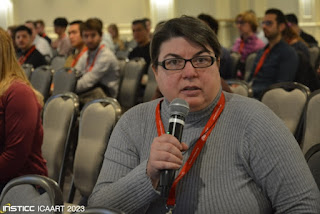Scheduling in a production plant with a high product diversity is an NP-hard problem. In large plants, traditional optimization methods reach their limits regarding computational time. In this paper, we use inspiration from two bio-inspired optimization algorithms, namely, the artificial bee colony (ABC) algorithm and the bat algorithm, and apply them to the job shop scheduling problem. Unlike previous work using these algorithms for global optimization, we do not apply them to solutions in the solution space, though, but rather choose a bottom-up approach and apply them as literal swarm intelligence algorithms. We use the example of a semiconductor production plant and map the bees and bats to actual entities in the plant (lots, machines) using agent-based modeling using the NetLogo simulation platform. These agents then interact with each other and the environment using local rules from which the global behavior – the optimization of the industrial plant – emerges. We measure performance compared to a baseline algorithm using engineered heuristics (FIFO, fill fullest batches first). Our results show that these types of algorithms, employed bottom-up, show promise of performance improvements using only low-effort local calculations.
Our newest research paper builds upon the simulation framework presented in http://demesos.blogspot.com/2022/08/swarmfabsim-simulation-framework-for.html
 |
| Asking Question at ICAART Panel Session |
 |
| Paper presentation at ICAART'23 |
M. Umlauft, M. Gojkovic, K. Harshina and M. Schranz: Bottom-Up Bio-Inspired Algorithms for Optimizing Industrial Plants, Proceedings of ICAART 2023, ISBN: 978-989-758-623-1, doi:10.5220/0011693400003393